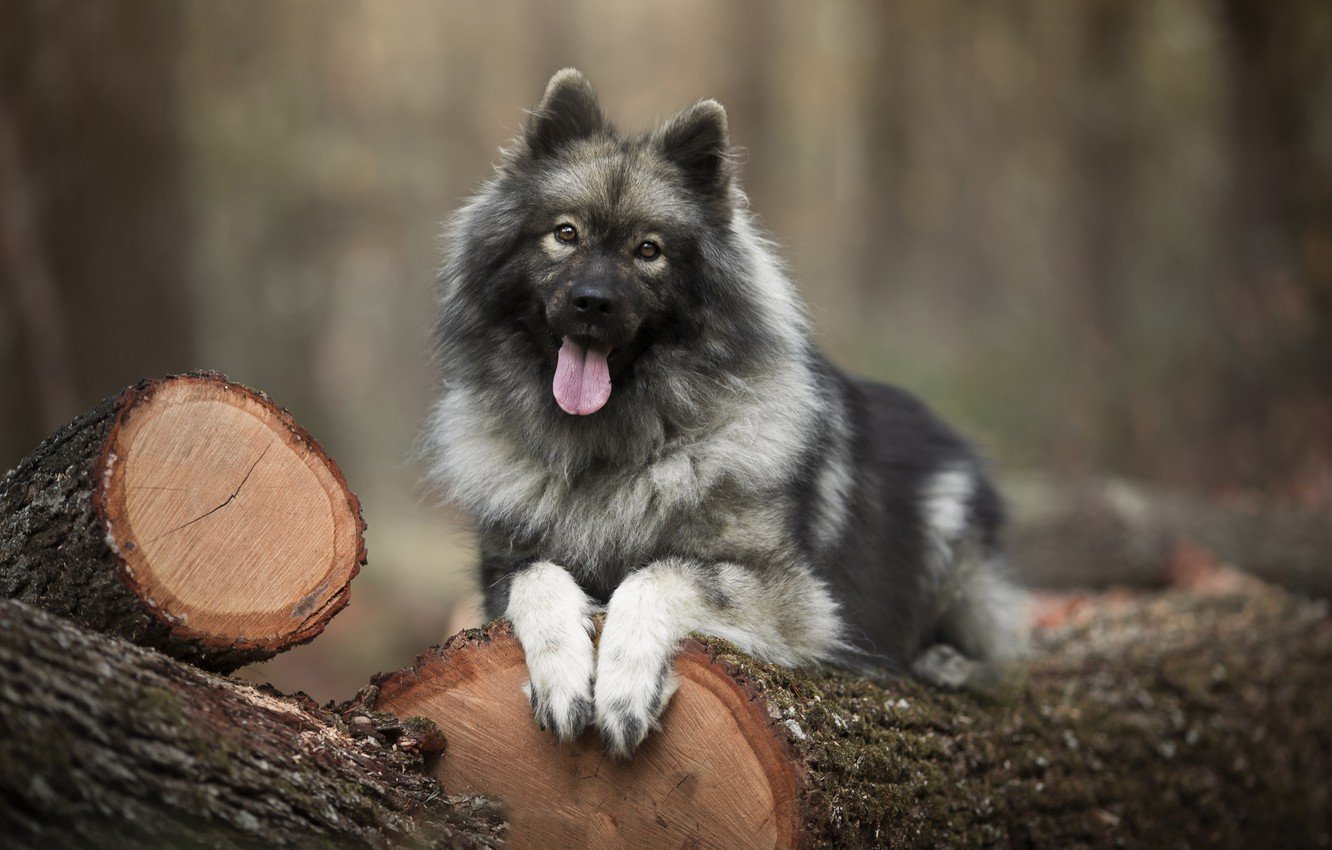A Blue Tongue In Dogs – Is It Dangerous Or A Natural Breed Trait? Dogs of certain breeds are born with a blue or blue-piebald tongue, the most well-known being the chow-chow. However, if a dog belonging to the pink-tongued breed suddenly develops a blue coloration, this indicates a condition that should be evaluated by the veterinarian. You can find out everything about blue tongues in dogs in this article.
Where does the dog’s blue tongue come from?

Why the blue tongue occurs naturally in dogs has not been scientifically clarified. It is believed that the coloration is due to genetic changes in the dogs. Furthermore, the thesis is put forward that an excessive production of melanin, which is responsible for the color of the coat, could be responsible. Other scientists draw the reverse conclusion that the discoloration results from reduced tyrosine production. Still, others believe that poor blood circulation or difficulties in regulating body temperature are the causes.
But there are not only modern scientific explanations for the blue tongue in dogs, but also imaginative myths. An ancient Chinese legend says that when the sky was created, some chunks of the blue firmament fell to earth. A Chow Chow licked it and got a blue tongue.
Why do dogs have blue tongues?
The cause of congenital bluetongue in a dog has not yet been researched. Some scientists suspect genetic changes, others consider melanin overproduction or tyrosine underproduction to be responsible. Possible causes could also be poor circulation or problems with regulating body temperature.
Dog breeds with blue tongues
Chow chow

The “puffed lion dog” is an Asian breed that has been known for more than 2,200 years. The Chow Chow’s tongue is a particularly strong blue, which can even turn purple or black. Because of its thick coat and distinctive facial expression, this headstrong dog has many admirers. However, he is not an affable beginner’s dog, because the self-confident guard dog does not submit to anyone.
Shar Pei

The Shar-Pei, a similarly old Chinese dog breed, is also endowed with a blue tongue by nature. The so-called Chinese wrinkled dog is characterized by its many folds on the head and back. In today’s breeds of dogs, however, excessive folds are avoided. Because the excess skin flaps harbor the risk of inflammation if the skin underneath is not cleaned often enough. The Shar-Pei was not originally found in royal courts, but among farmers and workers who appreciated its abilities as a herding dog and hunting helper.
When does the Chow Chow have a blue tongue?
A Chow Chow is born with a bright blue tongue, a characteristic of the dog breed. However, if the dog has a condition that reduces the flow of oxygen to its organs, its tongue may turn light blue.
Eurasian

The Eurasier comes from Germany, where it has been bred since 1960. Some enthusiastic dog fans and winter sports enthusiasts wanted a new breed that would make both a good sled dog and a first-class family dog. Therefore, they crossed Chow-Chow, Wolfsspitz, and Samoyed with each other. The tongues of the friendly and eager-to-learn dogs can be blue or blue and pink spotted.
Bluetongue as a symptom
If a dog that does not belong to one of the breeds mentioned has a blue tongue, this is a sign of what is known as cyanosis. The mucous membranes are not supplied with enough oxygen, and the tongue, genitals, and eyes also turn bluish. Causes of cyanosis can be lung or heart disease or circulatory shock. Blood flow may also be impeded by poisoning.
Which dogs have a blue tongue?

Some dog breeds are naturally endowed with a blue tongue, these include Chow-Chow, Shar-Pei, and Eurasier. In other dog breeds, a blue tongue indicates an illness or extreme overload.
In isolated cases, overexertion and stress can cause the tongue to turn blue when the organs require more oxygen than the red blood cells can carry. However, this problem only occurs in healthy dogs when they become extremely overworked. In most cases, an undersupply of oxygen only occurs in animals that are already suffering from an illness. Cyanosis can often be recognized by other symptoms. The dog eats little, seems listless, and does not want to move. If there is a heart or lung disease, shortness of breath and an increased heart rate can also occur.
But how does such a disease manifest itself in dogs of blue-tongued breeds? Also, a Chow chow, or other dog born with a blue tongue, may change tongue color when sick. Cyanosis can be recognized by the fact that the strong blue tongue suddenly only shimmers light blue.



























